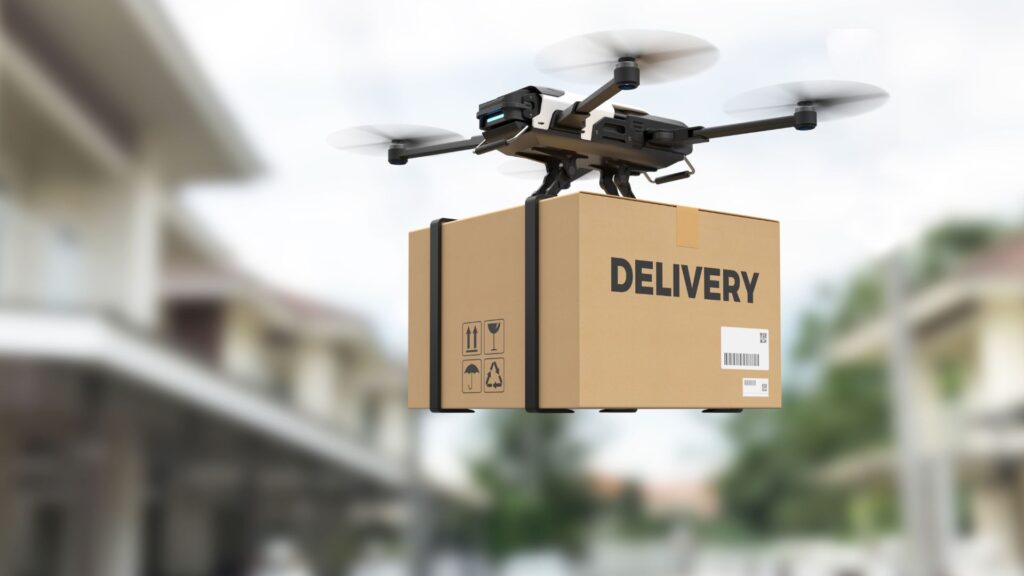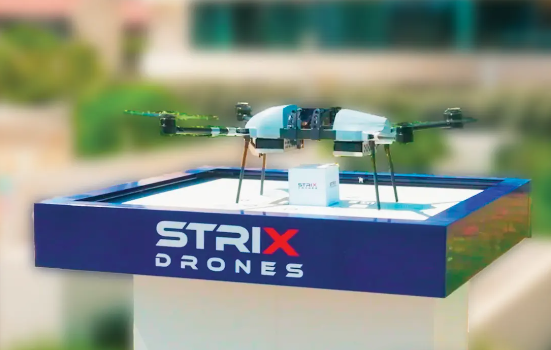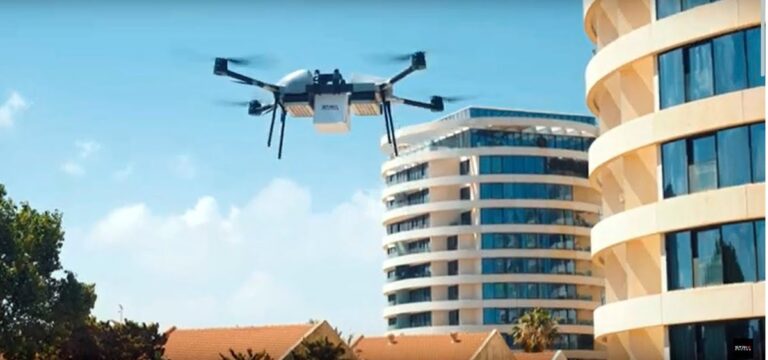Drones have come a long way from being just high-tech toys. Today, these unmanned aerial vehicles (UAVs) are transforming various sectors around the world. Whether it’s agriculture, logistics, emergency response, or environmental monitoring, drones offer innovative solutions that enhance efficiency, safety, and sustainability. Their ability to reach inaccessible areas and provide real-time data has made them indispensable tools in many industries. In this article, we’ll explore how drones are changing the world across different sectors and what their future holds.
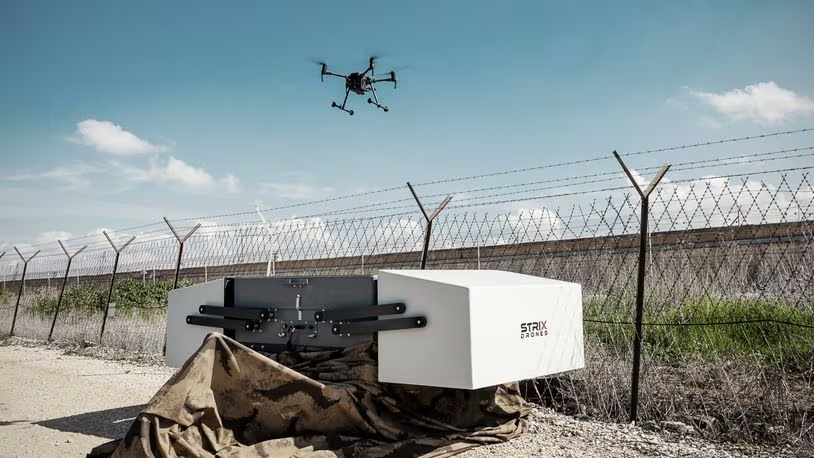
How Are Drones Revolutionizing Agriculture?
Drones are making a huge impact in the agricultural sector, helping farmers work smarter, not harder. With drones, you can now monitor crop health, manage irrigation, and even plant seeds with precision. This technology is transforming traditional farming methods, making them more efficient and cost-effective.
Imagine being able to survey your entire field without stepping foot on it. Drones equipped with advanced cameras and sensors provide detailed aerial views, allowing you to spot issues like pests, diseases, or water stress early on. This means you can address problems before they escalate, saving both time and money.
Additionally, drones are excellent for precision farming. They can apply fertilizers and pesticides only where needed, reducing waste and environmental impact. This targeted approach ensures that your crops get exactly what they need to thrive.
Another exciting application is in irrigation management. Drones can identify areas that are too dry or too wet, helping you optimize water usage. This not only conserves water but also boosts crop yields.
What Impact Do Drones Have on Logistics?
Drones have become a game-changer in the logistics industry, offering solutions that streamline operations and cut costs. One of the most significant impacts is in delivery services. Drones can deliver packages quickly and efficiently, especially in remote or hard-to-reach areas where traditional delivery methods struggle. Companies like Amazon and DHL are already experimenting with drone deliveries, aiming to reduce delivery times and improve customer satisfaction.
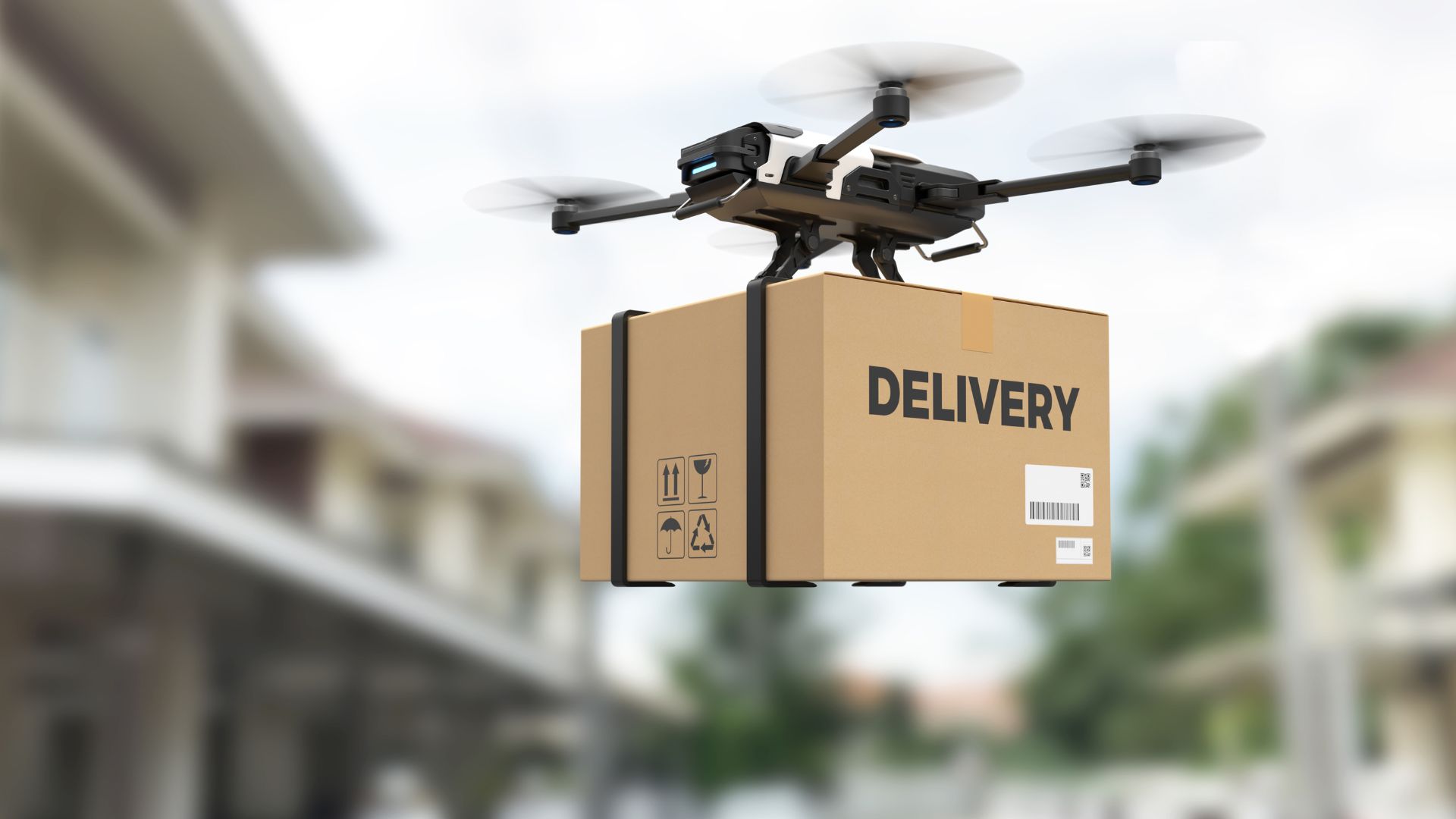
In warehouses, drones are revolutionizing inventory management. Equipped with advanced scanning technology, drones can perform inventory checks faster and more accurately than human workers. For example, a drone can scan barcodes and RFID tags, providing real-time updates on stock levels and locations. This not only speeds up the process but also reduces the risk of human error.
Drones also enhance safety in logistics operations. They can inspect infrastructure such as bridges, railways, and pipelines without putting human inspectors at risk. This is particularly useful in hazardous environments where safety is a concern.
How Are Drones Transforming Emergency Response?
Drones have become game-changers in emergency response scenarios. Imagine a situation where every second counts, like during a search-and-rescue mission. Drones can quickly cover large areas, providing real-time aerial views that help locate missing persons faster than traditional methods. Equipped with thermal imaging, drones can detect heat signatures, making it easier to find people even in challenging conditions, such as dense forests or at night.
Additionally, drones are invaluable in disaster response. After an earthquake or hurricane, they can assess damage, identify the most affected areas, and help coordinate relief efforts. This rapid assessment capability allows emergency responders to prioritize their actions and allocate resources more effectively.
Drones also deliver essential supplies, such as medical kits and food, to areas that might be inaccessible due to debris or flooding. This capability ensures that help reaches those in need without delay, potentially saving lives.
Moreover, drones enhance the safety of emergency personnel. By providing a clear picture of hazardous environments, they allow responders to plan their actions without putting themselves at unnecessary risk. Overall, drones are transforming emergency response by enhancing efficiency, speed, and safety in critical situations.
What Role Do Drones Play in Environmental Monitoring?
Drones have become essential tools in the field of environmental monitoring. They offer a unique vantage point, allowing for the collection of high-resolution data that is crucial for understanding and managing our environment.
One of the primary uses of drones in environmental monitoring is wildlife conservation. Drones can survey large areas quickly, providing real-time data on animal populations and their habitats. This helps in tracking endangered species and monitoring their movements without disturbing them. For example, drones are used to monitor the health of coral reefs, track deforestation, and even count animal populations in remote areas.
Another significant application is in pollution monitoring. Drones equipped with sensors can detect air and water quality in real-time. This is particularly useful in areas that are difficult to access, such as industrial sites or remote rivers. By providing accurate and timely data, drones help in identifying pollution sources and assessing the effectiveness of clean-up efforts.
Drones also play a crucial role in disaster response. In the aftermath of natural disasters like hurricanes or earthquakes, drones can quickly assess damage and identify areas that need urgent attention. They provide aerial views that are invaluable for coordinating rescue operations and delivering aid efficiently.
In agriculture, drones help monitor crop health and optimize irrigation systems, contributing to more sustainable farming practices. They can detect issues like pest infestations or nutrient deficiencies early, allowing for targeted interventions that save resources and reduce environmental impact.
How Are Drones Used in Infrastructure Inspection?
Drones have become a game-changer in the field of infrastructure inspection. Traditionally, inspecting bridges, power lines, and other critical infrastructure required a lot of time, money, and sometimes putting human inspectors at risk. With drones, these inspections are faster, safer, and more cost-effective.
One of the main advantages of using drones for infrastructure inspection is their ability to access hard-to-reach areas. Drones can easily fly around tall buildings, bridges, and towers, capturing high-resolution images and videos that provide detailed insights into the condition of the structures. This means you can identify potential issues early on, such as cracks, corrosion, or other damage, and address them before they become major problems.
Additionally, drones equipped with thermal cameras can detect issues that are not visible to the naked eye, like heat leaks or electrical faults. This capability is particularly useful for inspecting power lines and solar panels. By providing real-time data, drones help you make informed decisions quickly, reducing downtime and maintenance costs.
Summary
Drones are revolutionizing various sectors by improving efficiency, safety and sustainability, and StrixDrones offers the innovative solutions that enable this change.
In the agricultural sector, our Strix 2100 docking station provides large drones with a secure platform to land, load and download data. This solution allows farmers to effectively monitor crop health and optimize irrigation methods. By facilitating precision agriculture, the Strix 2100 helps farmers address challenges such as pest control and resource management, ultimately increasing crop yield and sustainability.
In logistics, the DroneDrop system is a game changer. It enables safe and efficient delivery of packages, especially in hard-to-reach areas. Drones equipped with our DroneDrop stations can recharge while completing their deliveries, ensuring they are always ready for the next mission. This addresses the logistical challenges of speed and reliability, and changes the way goods are transported.
For emergency response, the Strix 1200 is designed to support multiple drone deployments without manual control, addressing the urgent need for rapid and coordinated responses in critical situations. This modular platform allows first responders to efficiently cover large areas, while enhancing search and rescue operations with real-time data and aerial views, ensuring timely assistance reaches those in need.
Finally, our DFNDR system strengthens air defense capabilities by integrating with high-speed attack UAVs to effectively counter threats. This open architecture solution enables rapid deployment and adaptability in response to emerging security challenges.
By leveraging these advanced systems, StrixDrones empowers various sectors to maximize the potential of drone technology, overcoming the challenges presented in logistics, agriculture, emergency response and security.

